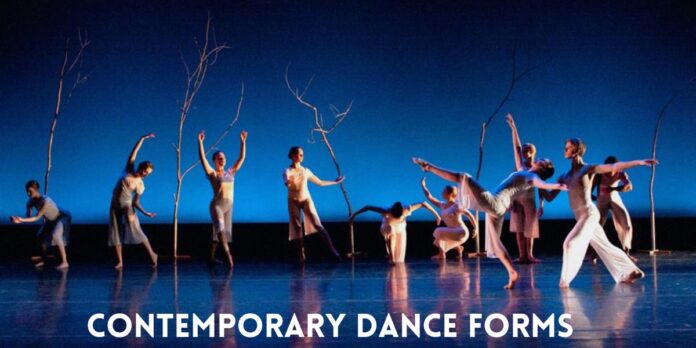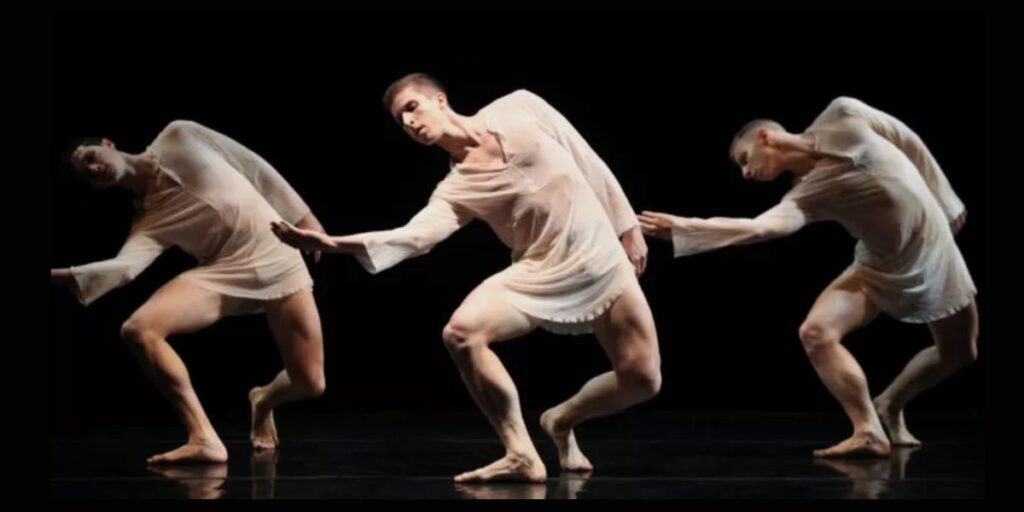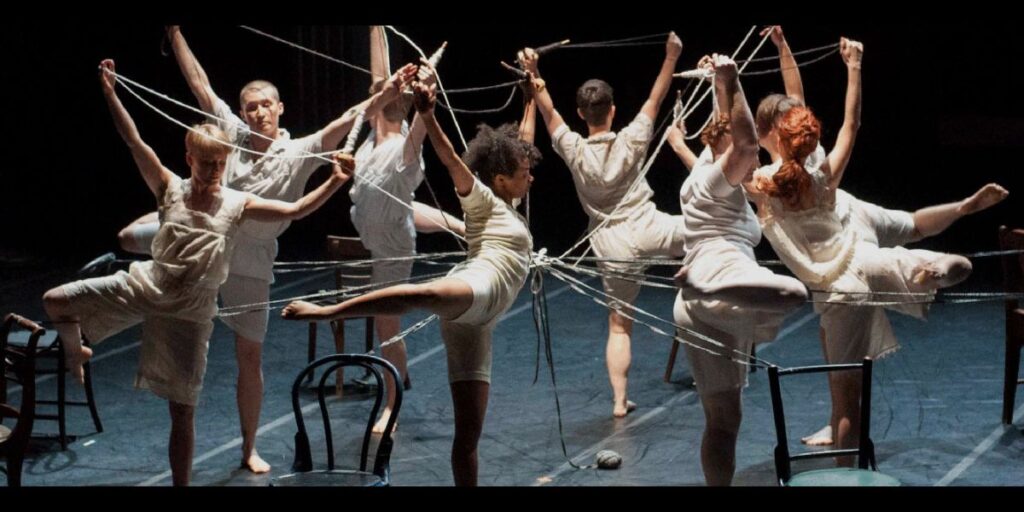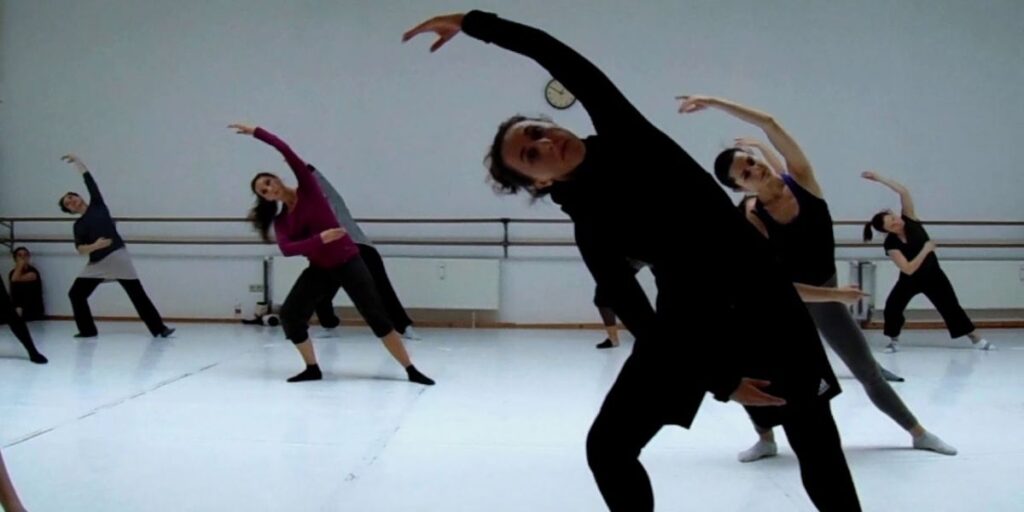Contemporary dance is a dynamic and ever-evolving art form that defies easy categorization. Rooted in the modern dance traditions of the early 20th century, contemporary dance incorporates elements from a variety of dance styles and disciplines, creating a rich tapestry of movement that reflects the complexities and nuances of the human experience. This article delves into the key contemporary dance forms their origins, and their unique characteristics.
Modern Dance
Modern dance is often considered the foundation of contemporary dance. Pioneered by visionaries such as Martha Graham, Isadora Duncan, and Ruth St. Denis, modern dance emerged as a rebellion against the rigid structures of classical ballet. It emphasizes natural movement, emotional expression, and the use of the entire body.
Martha Graham Technique:
Known for its intense physicality and dramatic expressiveness, Graham’s technique focuses on contraction and release, using breath to initiate movement. This form often explores themes of human struggle, mythology, and psychological conflict.
Horton Technique:
Developed by Lester Horton, this technique is noted for its fortification studies, which aim to strengthen and increase the range of motion in dancers. It combines elements of Native American dances, anatomical principles, and a deep connection to the earth.
Postmodern Dance
In the 1960s and 1970s, postmodern dance emerged as a reaction to the perceived constraints of modern dance. This movement emphasized improvisation, everyday movement, and the idea that dance could happen anywhere and be performed by anyone.
Judson Dance Theater:
This collective of dancers, choreographers, and visual artists, including Yvonne Rainer and Trisha Brown, pushed the boundaries of dance by incorporating pedestrian movements, task-based performances, and site-specific works.
Contact Improvisation:
Founded by Steve Paxton, this form focuses on the physical principles of touch, weight, and shared momentum. Dancers engage in a spontaneous exchange of movement, often rolling, sliding, and lifting each other.
Contemporary Ballet
Contemporary ballet blends the precision and technical proficiency of classical ballet with the fluidity and expressiveness of contemporary dance. It often features barefoot dancers, unconventional partnering, and a wide range of music choices.
William Forsythe:
A leading figure in contemporary ballet, Forsythe’s work is characterized by its intricate partnering, dynamic use of space, and exploration of the body’s possibilities.
Jiří Kylián:
Known for his emotionally charged choreography, Kylián combines classical ballet technique with innovative movement vocabulary, often exploring themes of human relationships and existentialism.
Release Technique
The release technique emphasizes the efficient use of energy, alignment, and breath to achieve fluid and effortless movement. It encourages dancers to let go of unnecessary tension and find freedom in their bodies.
Release-Based Practices:
Influenced by somatic disciplines such as the Alexander Technique and Feldenkrais Method, the release technique promotes body awareness and connectivity, allowing for a more organic and sustainable approach to movement.
Lyrical Dance
Lyrical dance is a fusion of ballet, jazz, and contemporary dance that seeks to express a piece of music’s emotions and storytelling elements. It is often characterized by its fluidity, grace, and expressive quality.
Expressive Movement:
Lyrical dance emphasizes the connection between the dancer and the music, using breath, gestures, and facial expressions to convey the narrative or emotional content of the song.
Gaga Movement Language
Developed by Israeli choreographer Ohad Naharin, Gaga is a movement language that encourages dancers to explore their physical sensations and push their limits. It emphasizes improvisation, mindfulness, and the joy of movement.
Sensory Exploration:
Gaga classes guide dancers through a series of improvisational prompts, focusing on the body’s internal landscape and sensory experiences. This approach fosters creativity, agility, and a deeper connection to one’s body.
Hip Hop and Street Dance Influences
Contemporary dance often draws inspiration from hip-hop and street dance styles, incorporating elements such as popping, locking, and breaking into its vocabulary. This fusion creates a dynamic and culturally rich form of expression.
Urban Dance:
Choreographers like Rennie Harris and Jon Boogz blend contemporary dance with hip-hop, exploring themes of identity, social justice, and community through powerful and athletic movements.
Butoh
Butoh is an avant-garde dance form that originated in post-World War II Japan. It is known for its slow, controlled movements, grotesque imagery, and exploration of taboo subjects. Butoh often challenges conventional aesthetics and provokes deep emotional responses.
Kazuo Ohno and Tatsumi Hijikata:
As the founders of Butoh, Ohno and Hijikata’s work delves into the human condition, drawing from a wide range of influences including traditional Japanese theater, German expressionism, and surrealism.
Physical Theatre
Physical theatre combines elements of dance, mime, acrobatics, and drama to create visually compelling and emotionally resonant performances. It often emphasizes the use of the body to tell a story or convey abstract concepts.
Pina Bausch:
A seminal figure in physical theatre, Bausch’s Tanztheater (dance theater) pieces blend movement, text, and striking visual imagery to explore themes of love, power, and human relationships.
Conclusion
Contemporary dance forms represent a vast and diverse landscape of movement and expression. From the foundational techniques of modern dance to the experimental approaches of postmodern and release-based practices, contemporary dance continues to evolve and adapt, reflecting the changing times and complexities of the human experience. Whether through the passionate storytelling of lyrical dance, the sensory exploration of Gaga, or the powerful fusion of hip-hop and street dance, contemporary dance invites us to explore new dimensions of creativity, connection, and self-expression.








